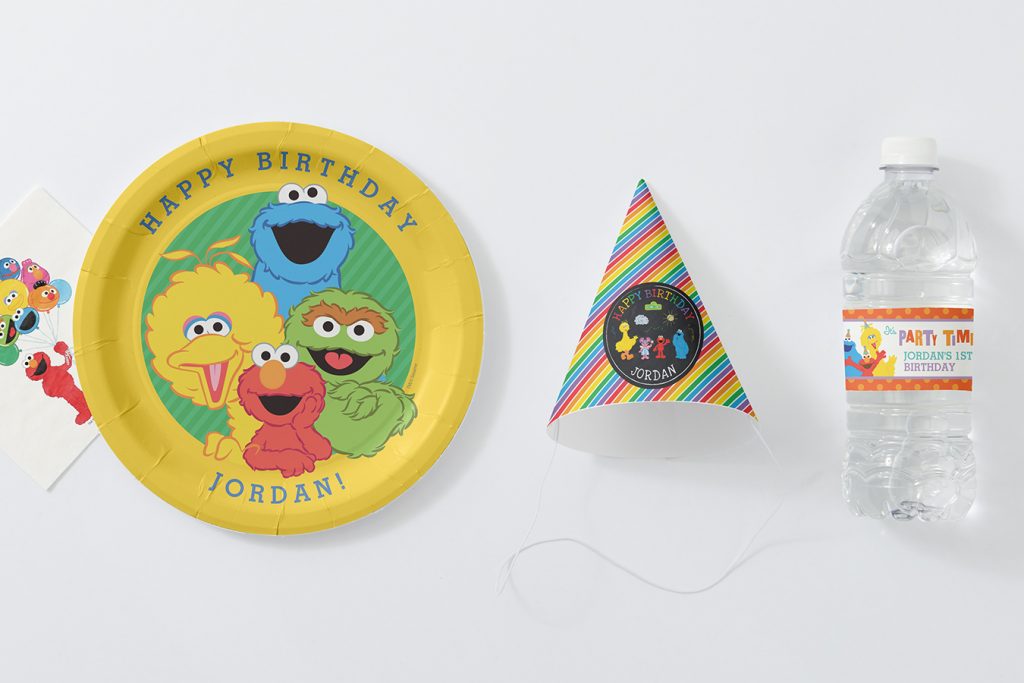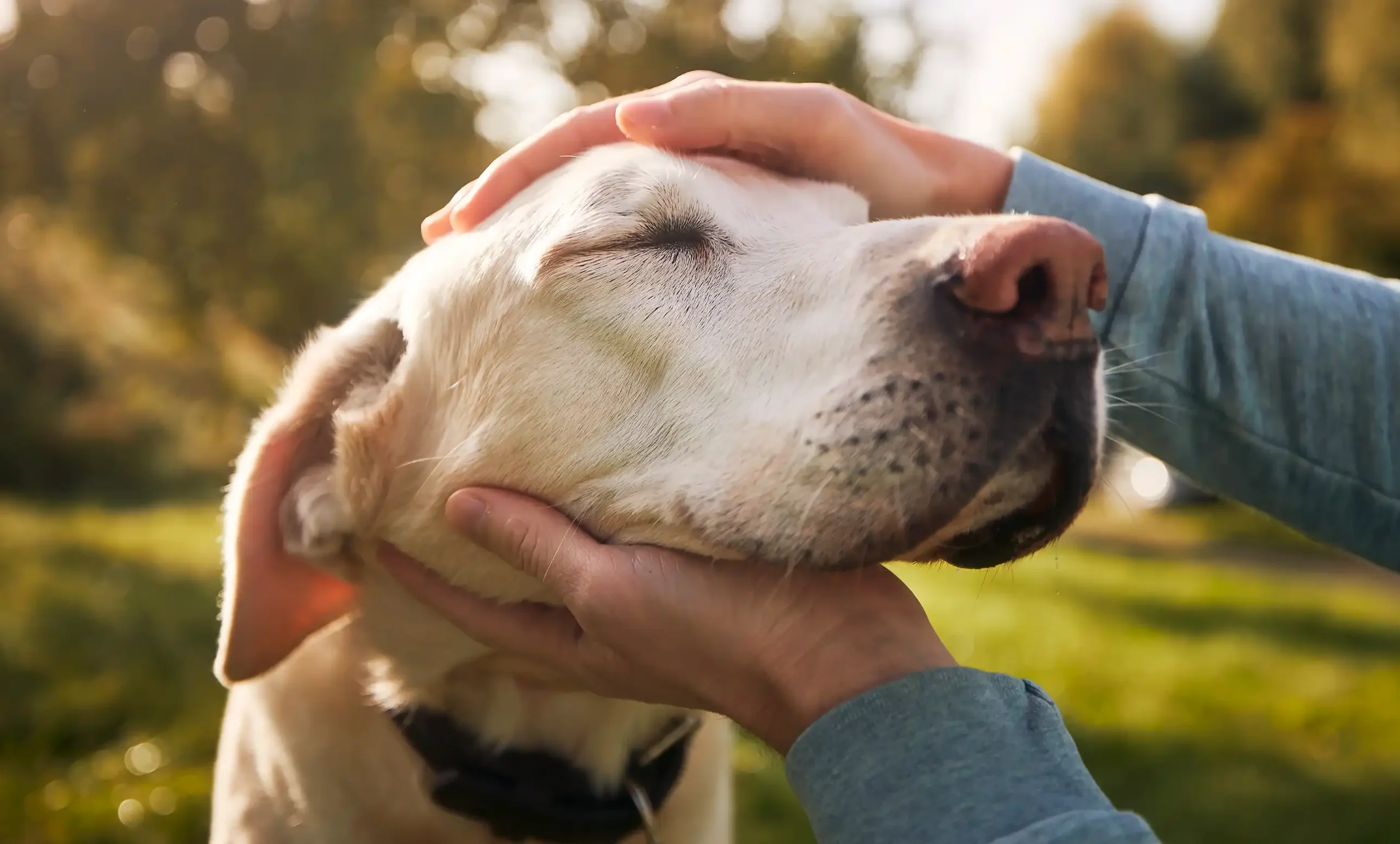There is perhaps no television program that has had as profound an impact on cultural diversity as Sesame Street. The world is seen through a lens as bright as the furry characters who live in the fictional New York City neighborhood. Here, boundaries cease to exist. Equality is the norm. Differences are celebrated. It’s a wonderful introduction to a better, more progressive world that embraces what makes people special. For parents who trust in the program for its educational value, there are other reasons to watch too: Sesame Street cultural diversity provides valuable lessons for preschool-age children and beyond.
Inclusivity on Sesame Street
To experience empathy at any age is a gift, but to recognize and absorb it at such a young age can be life-changing. Sesame Street promotes the basic concept of inclusivity in a responsible manner that is never preachy or critical. At its simplest, this practice transforms Sesame Street from mere children’s programming into something far more valuable and instrumental to their formative years. By exposing people of young ages to people of different races, abilities, lifestyles, and ethnicities, the show fosters a sense of understanding and community. And by providing everyone their time to shine, the program helps children understand that it is these differences that unite, not segregate or divide.
In watching the show, children learn more than just how to count, sing, and spell. These basic skills form the backbone of the program’s educational formatting, but Sesame Street has long infused its scripts with meaningful, thoughtful storylines that give kids more to think about than the next number or letter. The lessons incorporated into the show are natural, reflective, and applicable to real life. Perhaps most importantly, many of the storylines are relatable to modern families who deal with these very real issues in their own lives.

Characters Who Make a Difference
Sesame Street has never been timid about including people of all walks of life in its cast. It’s a testament to the belief that children can learn anything if they’re exposed to it enough — and showing them instead of telling is often the most effective way of accomplishing that. Here are just a few examples of Sesame Street cultural diversity at its very best.
In the 1970s, the program featured Jason Kingsley, a little boy with Down syndrome. His mother, Emily Kingsley, was a writer on the show, and she was committed to proving that “different” didn’t mean forgettable. Jason became one of the first people with Down syndrome to ever appear on television.
In 2016, the program introduced Zari on Baghch-e-Simsim, the Afghanistan version of Sesame Street. The Afghan Muppet’s mission was to promote the rights of girls. This empowering character was the first of its kind, and the writers aimed to create a relatable and positive influence that taught children about the importance of identity and appreciation for different cultures.
The South African version of Sesame Street, known as Takalani Sesame, featured an HIV-positive character called Kami. The Muppet openly discussed what it meant to have HIV, and its creation marked a turning point for parents who may not otherwise have openly discussed HIV and AIDS with their kids.
In 1993, the program introduced Tarah Schaeffer, a 9-year-old with a genetic disorder that requires her to use a wheelchair. Her introductory episode saw her teaching kids and Muppets how she exercised in her chair. Through her many appearances until 2001, she showed that having limited mobility was not a hindrance to living a normal and healthy life.
Julia is another notable Muppet who was introduced in 2016. She made her debut during “See Amazing in All Children,” a program designed to increase autism awareness. Julia has several specific traits — sensitivity to loud sounds, for example, and an excellent memory — that help kids understand the nature of the disorder.

Zazzle’s Lifestyle Expert is here to help create life’s best & most important moments. Discover unique ideas and endless inspiration to create meaningful memories with family, friends and your community.




